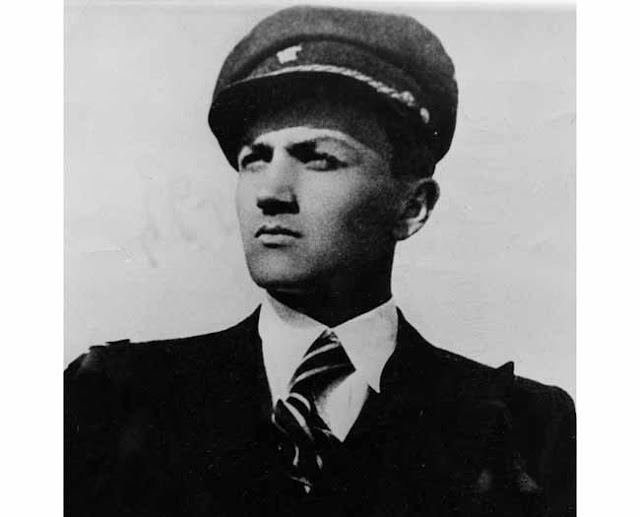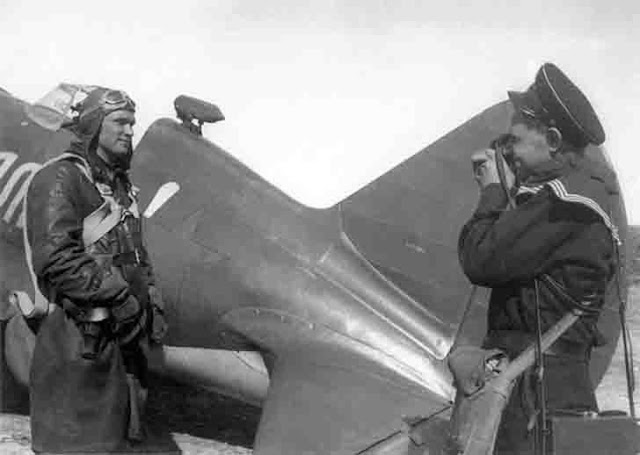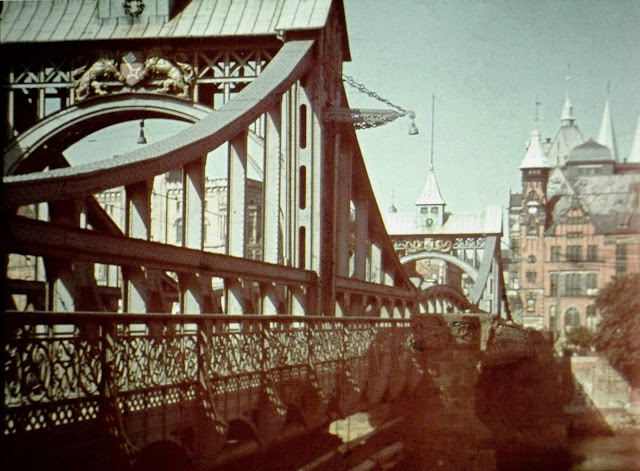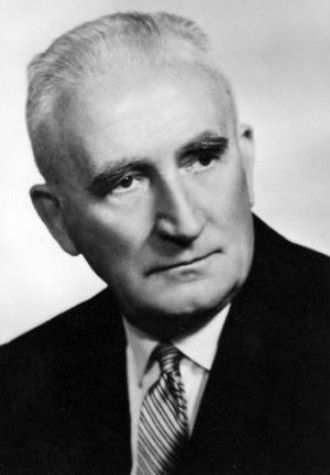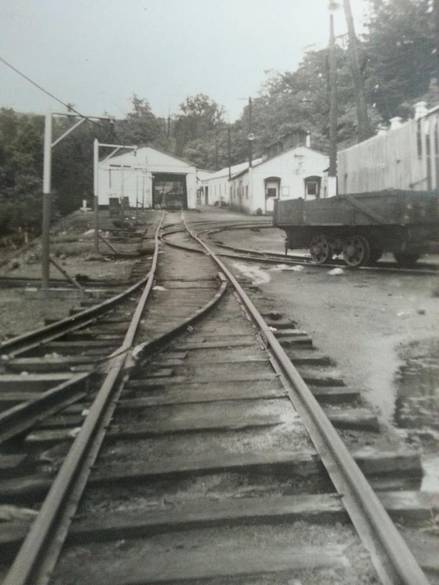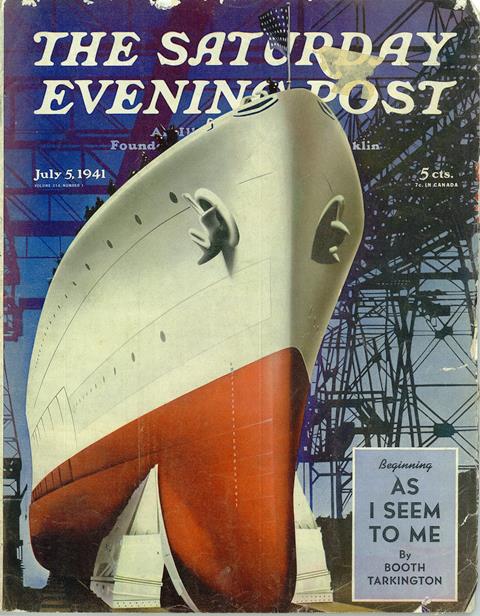Wednesday 9 July 1941
 |
| "HMS MALAYA leaving New York Navy Yard after four months of repairs following a torpedo hit while on convoy escort duty, 9 July 1941." © IWM (A 5439). |
In the Far North sector, the German Operation Arctic Fox grinds forward only a little bit further, as 169th Infantry Division of XXXVI Corps pushes from Salla to Kayral. However, the geography (lakes and woodland) favors the defense, and it gets no further against the Soviet 14th Army for the time being. In fact, the three Soviet divisions there push the German troops back before setting up a strong perimeter anchored by lakes on either side.
Further north, General Dietl's Army of Norway is stopped at the Litsa River, too. Further south, the Finns plan an attack to begin July 10th on the Karelian Isthmus against Soviet 7th and 23rd Armies. Finnish troops occupy Morgonland.
In the Army Group North sector, the Germans are about 150 miles from Leningrad with the fall of Pskov to the 36th Infantry Division (Lieutenant General Otto Ottenbacher).
In the Army Group Center sector, the 20th Panzer Division of General Hoth's 3rd Panzer Group takes Vitebsk as Soviet counterattacks peter out. Hoth's panzers and General Guderian's 2nd Panzer Group are poised to close a pincer around Smolensk. Behind the front, the army group completes the destruction of the pockets of enemy troops near Bialystok. An estimated 300,000 Soviet prisoners are taken and about 40 Soviet divisions destroyed (Soviet divisions are generally much smaller than Allied or German divisions)..
In the Army Group South sector, the Germans cross the Dneipr River. The 13th Panzer Division, part of Panzer Group 1, takes Zhitomir (Zhytomyr).
The Luftwaffe remains supreme in the skies. The German JG 3, led by Luftwaffe Major Günther Lützow, shoots down all 27 bombers of a Soviet attack on its own airfield. The Germans suffer no losses. Hptm. Hans “Gockel” von Hahn, Gruppenkommandeur I./JG 3, receives the Ritterkreuz for 24 victories.
 |
| "HMS MALAYA, escorted by tugs, leaving New York harbor after a refit in the United States. Part of the Brooklyn Bridge can be seen in the background," 9 July 1941. (© IWM (A 5444)). |
Behind the scenes, Vichy French commander General Henri Dentz is pursuing an armistice. He sees the Allies closing in on Beirut from both the south, through Damour, and from the east, via Aleppo. In addition, today the British take Homs in the north.
Despite his superiority in troops, Dentz cannot get supplies from France due to Royal Navy control of the eastern Mediterranean and the French have little hope of holding out for long. He sends destroyers Guepard, Valmy, and Vaquelin on a desperate mission to Salonika, Greece to embark reinforcements that have made their way there from France with German approval. On their way back, however, the RAF spots them a few hundred miles off the Syrian coast. Rather than lose the ships, the French order the ships to Toulon. This leaves no major French warships in the Levant.
The Turks intern several French ships in the port of Iskanderum:
- 4500-ton auxiliary tanker L'Adour
- 405-ton tanker Cyrus
- Sloop Elan
- Patrol boats Djebel Samin, Massalia, and Jean Mic
- Minesweepers Avocette and Lecid
- Trawler La Vaillante
- Tugs Chambrum, Marius, and Marseillaise
 |
| Allied artillery opens up on Beirut, 9 July 1941. |
European Air Operations: RAF Fighter Command sends a Circus mission to Mazingarbe power station, while RAF Coastal Command sends 15 planes on coastal sweeps.
After dark, RAF Bomber Command sends 82 bombers to Aachen marshaling yards and 52 against Osnabruck.
The War Cabinet receives a report, the Air and Home Security Situation Report for the week, that notes, "The German effort by day was again very small." However, "Enemy bombing was somewhat heavier than in previous weeks," with 304 bombers observed overhead as compared to 195 in the previous week. There were 78 people killed and 67 seriously injured.
Wing Commander Douglas Bader claims a probable victory and a damaged enemy plane.
Battle of the Baltic: The Luftwaffe bombs and sinks Soviet minesweeper Nalim off Guba Zapadnaya Litsa.
 |
| "HMS MALAYA, escorted by tugs, leaves New York harbor after a refit in the United States. The Statue of Liberty is on the right in the distance." 9 July 1941. © IWM (A 5443). |
- 5945-ton Designer (67 deaths, 11 survivors)
- 4897-ton Inverness (6 deaths, 37 survivors)
Three German minelayers hit mines and sink while en route from Finland to Swinemunde:
- Hannsestadt Danzig
- Preußen
- Tannenberg
British 97-ton freighter Blue Mermaid hits a mine and sinks about 8 miles off Clacton-on-Sea, Essex. There are two deaths.
Royal Navy minelayers HMS Agamemnon, Menetheus, and Quebec lay Minefield 67A in the North Sea.
Royal Navy submarine HMS P-38 is launched and anti-submarine warfare trawler Birlip is launched.
US submarine USS Flying Fish and minesweeper Skylark are launched, and light cruiser Biloxi is laid down. The Flying Fish is sponsored at the Portsmouth Naval Shipyard in Kittery, Maine by the wife of CINCPAC Admiral Husband Kimmel.
U-585 is launched, U-522 is laid down.
 |
| Colonel Bernhard-Hermann Ramcke presents medals to paratroopers in Crete, Greece (Iron Crosses to Oberfeldwebel and sergeant), 9 July 1941. (Weixler, Franz Peter, Federal Archives, Bild 1011-166-0526-30). |
- HMS Decoy
- HMAS Stuart
Royal Navy submarine HMS Torbay surfaces and sinks German patrol boats LV, LVI and L 12 east of Kithera (Kythera), Greece. Some accounts place this incident on 8 July.
Royal Navy submarine HMS Cachalot departs from Gibraltar for Malta on a supply mission.
RAF Bomber Command mounts several operations today despite some marginal weather conditions. It attacks Naples with 9 Wellington bombers based on Malta, but only 6 make it to the target due to bad weather. The ones that drop their bombs hit the Gare Centrale (main railway station) and some warehouses. Seven Blenheim bombers make a dawn attack on Tripoli Harbor, but four are shot down. Hawker Hurricanes of RAF No. 185 Squadron attack the floatplane base at Syracuse, damaging a total of a dozen seaplanes and floatplanes.
The Luftwaffe attacks Alexandria with 23 planes.
 |
| Romanian torpedo boat Năluca, victor of the Action of 9 July 1941. |
In addition, Soviet minesweepers RTShch-103 and 108, along with gunboat No. 102 also are lost on or close to this date. They apparently sink during the same incident as Shch-206, though that is not certain.
Spy Stuff: The British Ultra team at Bletchley Park cracks a German code being used by the Luftwaffe in the Soviet Union. The Allies now can read German transmissions almost in real time using the Enigma machine.
Propaganda: The weekly broadcasts of British author P.G. Wodehouse from Berlin (the second one is tonight) become a topic of debate in the House of Commons. Foreign Affairs Secretary Anthony Eden vows to make clear to Wodehouse in some fashion that aiding the Germans is not a good idea.
US Military: Congress authorizes $14.9 million for construction of Marine Corps Air Station Cherry Point in North Carolina.
President Roosevelt asks the Secretaries of War and Navy to prepare an estimate of the overall production requirements required to win a coming war in both the Atlantic and Pacific Oceans.
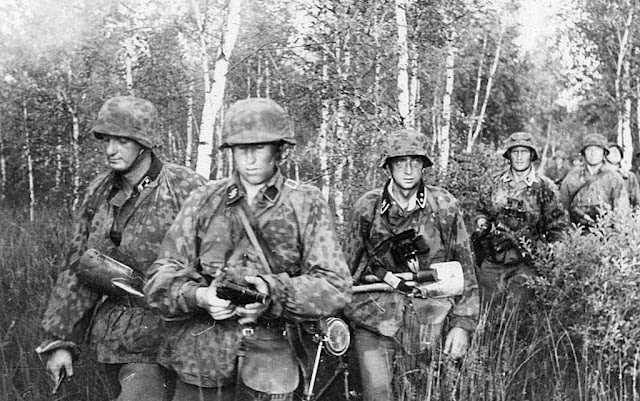 |
| A member of the 11th Company of the Leibstandarte checks his weapon before an attack on the Stalin Line in the woods north of Miropol, 9 July 1941. |
British Government: Prime Minister Winston Churchill makes a speech in the House of Commons regarding the occupation of Iceland by US troops on 7 July. He notes:
The military occupation of Iceland by the forces of the United States is an event of first-rate political and strategic importance; in fact, it is one of the most important things that has happened since the war began.While this may be a bit hyperbolic, Churchill notes that the occupation means that the US will not only send Great Britain whatever supplies it requires, "but also to make sure we get them." This reveals Churchill's true and enduring fear of World War II, that the Germans will be able to prevail if they can isolate Great Britain and prevent ships from reaching it.
Soviet Government: Nikolai Voznesensky is tasked with preparing a war production plan for the Soviet economy.
Holocaust: Bălţi (Romania) is occupied by German and Romanian troops. This begins a pogrom that eventually wipes out the Jewish population of the city, estimated at around 14,000 people.
Trawniki Concentration Camp in the Lublin District of the General Government begins operation as a holding pen for refugees, Soviet civilians, and Soviet officials that the Security Police and SD have designated as either potential collaborators or dangerous persons. Today, 676 inmates are imprisoned there.
The first Roma arrive at Auschwitz-Birkenau. Gypsies are destined to become the third-largest group of deportees to Auschwitz, after Jews and Poles.
American Homefront: Royal Navy battleship HMS Malaya leaves New York Harbor under the command of Captain Cuthbert Coppinger after repairs at the Brooklyn Navy Yard. The Malaya was torpedoed twice by U-106 on 20 March 1941 about 250 miles northwest of the Cape Verde Islands. Today, she heads out for trials, with her next port of call Halifax, Nova Scotia. There, Malaya will provide protection for a fast convoy. Malaya is nearing the end of her useful service life because she did not undergo an extensive reconstruction during the inter-war years like her sister ships HMS Queen Elizabeth, Warspite, and Valiant.
 |
| Berlin on the Unter den Linden behind the arsenal, 9 July 1941 (Proietti, Ugo, Federal Archives, Bild 212-056). |
July 1941
July 1, 1941: US TV Broadcasting Starts
July 2, 1941: MAUD Report
July 3, 1941: Stalin Speaks
July 4, 1941: Pogroms in Eastern Europe
July 5, 1941: Germans on Schedule
July 6, 1941: Australians Attack Damour
July 7, 1941: US Marines in Iceland
July 8, 1941: Flying Fortresses In Action
July 9, 1941: British Take Damour
July 10, 1941: Sword and Scabbard Order
July 11, 1941: Cease-fire in Syria and Lebanon
July 12, 1941: Anglo/Russian Assistance Pact
July 13, 1941: Uprising in Montenegro
July 14, 1941: Katyusha Rocket Launchers in Action
July 15, 1941: Smolensk Falls
July 16, 1941: Stalin's Son Captured
July 17, 1941: Heydrich Orders Mass Executions
July 18, 1941: Twin Pimples Raid
July 19, 1941: V for Victory
July 20, 1941: The Man Who Wouldn't Shoot
July 21, 1941: Moscow in Flames
July 22, 1941: Soviet Generals Executed
July 23, 1941: Secret Plan JB 355
July 24, 1941: Operation Sunrise
July 25, 1941: US Naval Alert
July 26, 1941: Italian E-Boat Attack on Malta
July 27, 1941: MacArthur Returns
July 28, 1941: Auschwitz Exterminations
July 29, 1941: Rescue From Crete
July 30, 1941: Raid on Petsamo and Kirkenes
July 31, 1941: Final Solution Order
2020







